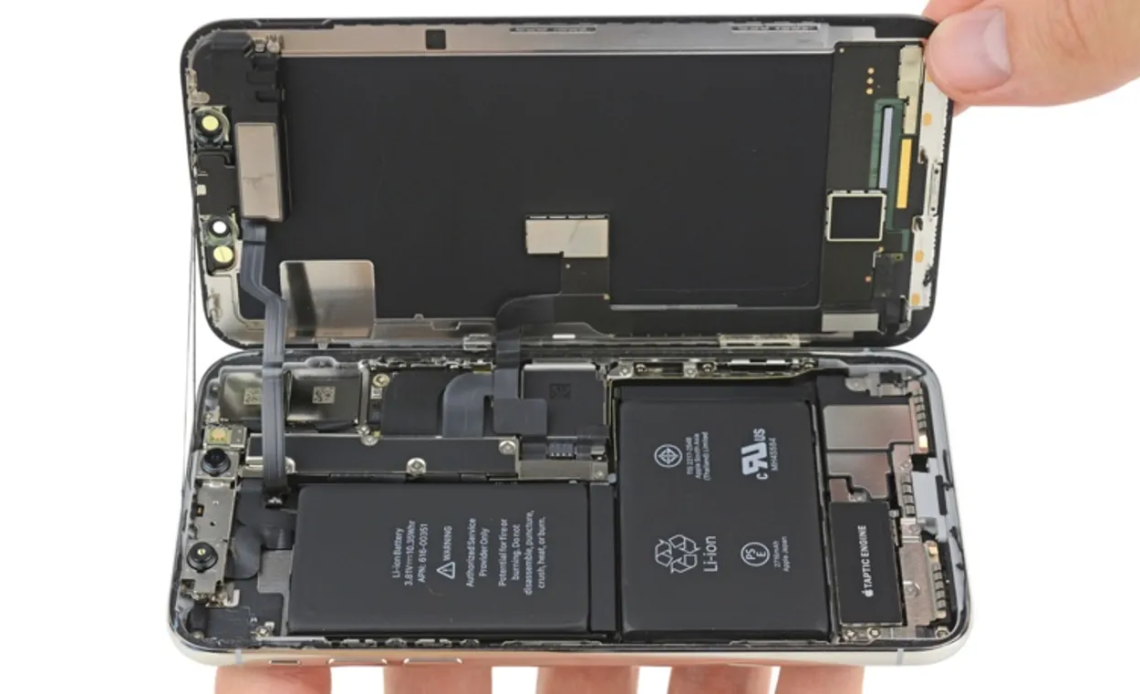
Nowadays, smartphones come equipped with powerful specifications, such as high-resolution displays and fast processors. These smartphones with advanced features need a strong battery that can charge quickly. Manufacturers have two options when it comes to integrating batteries into smartphones. They can split the battery into two cells that work together or use the traditional single-cell style.
How does it work?
When it comes to smartphones, the batteries can be connected in one of two ways. The first is parallel, meaning the positive and ground connections are connected to the battery protection circuit. This method allows for faster charging speed and lower current, but it also reduces the battery capacity and requires more complicated circuitry and protection mechanisms.
The second method is to use a single battery. This has a lower voltage but a higher capacity than two batteries of the same size. It also has more stable charging and discharging and a less complicated design.
The choice between single and dual batteries depends on the trade-off between charging speed and battery life. Some smartphones use dual batteries to support high-power fast charging, such as 100W or above. Others use single batteries to optimize battery performance and efficiency.
History
Many toys, such as remote-controlled cars or tools, use a simple way to connect batteries together through their positive and negative poles. This is the same technology we see in dual power bank smartphones but with multiple layers of safety. Apple surprised us with the iPhone X, which integrated a double L-shaped battery. They did not explain why they used this adaptation, but it was likely to adjust the available space without sacrificing battery life.
Over time, Apple has continued to use a similar battery shape but with a single cell instead of two. However, in 2020 and 2021, other Android manufacturers have started to use the dual-cell system to take advantage of its benefits. This evolution in battery technology will continue to be used in the future.
Smartphones with Dual-Cell technology
Currently, several manufacturers have experimented with dual-cell battery technology in their smartphones. However, in some cases, this information has been shared publicly once someone has dismantled the phone. Nevertheless, we can provide you with a list of smartphones that have implemented dual-cell battery technology.
- Vivo X100 Pro
- Realme 11 Pro Plus
- OnePlus 12
- Redmi Note 13 Pro Plus
Advantages
It has been observed that one of the main improvements promised by double-cell technology is an increase in the phone’s battery life due to the better distribution of energy produced. However, this is still being tested to prove its effectiveness.
On the other hand, one of the real advantages of this technology is the faster charging speed that can be achieved. This is partly due to the better heat dissipation across two elements, which manufacturers find easier to manage. It is also worth noting that this technology is only available in phones with more than 60W of power.
Drawbacks
The primary concern with double batteries is their lifespan, which is a topic of debate. Some people support them, while others reject them. Since double batteries are made up of two cells, exposure to tension and energy can cause some of them to lose their capacity prematurely. However, it can be difficult to determine if one of the two cells is damaged. Additionally, you cannot replace just one cell because it functions as a single unit. This means that when repairing the battery, you must purchase a new one if you want it to work. Another issue is the manufacturing cost, so only premium phones with a higher price have a dual-cell battery fitted inside.

